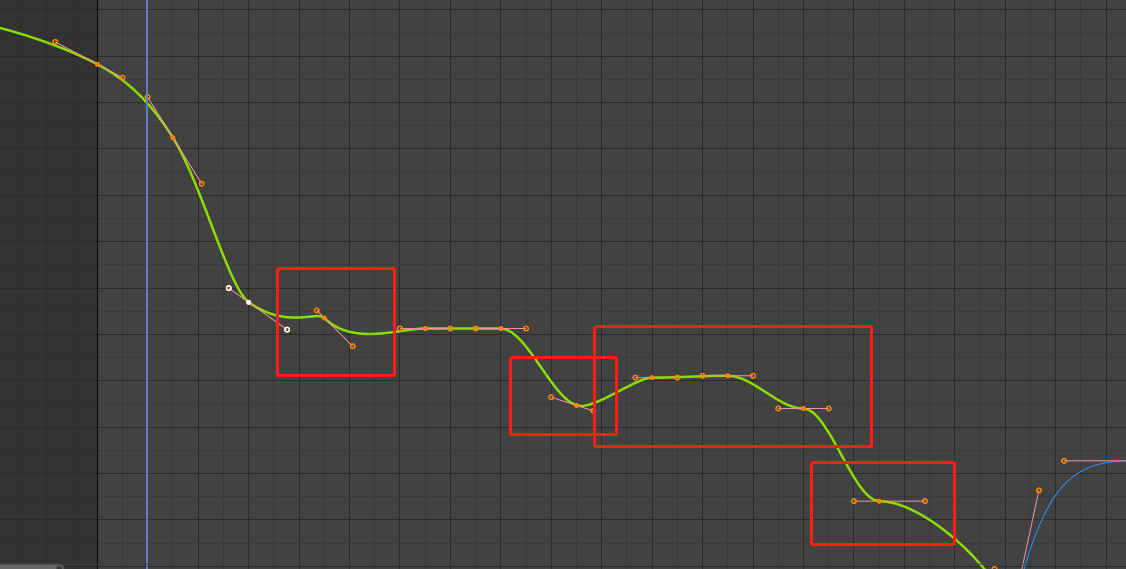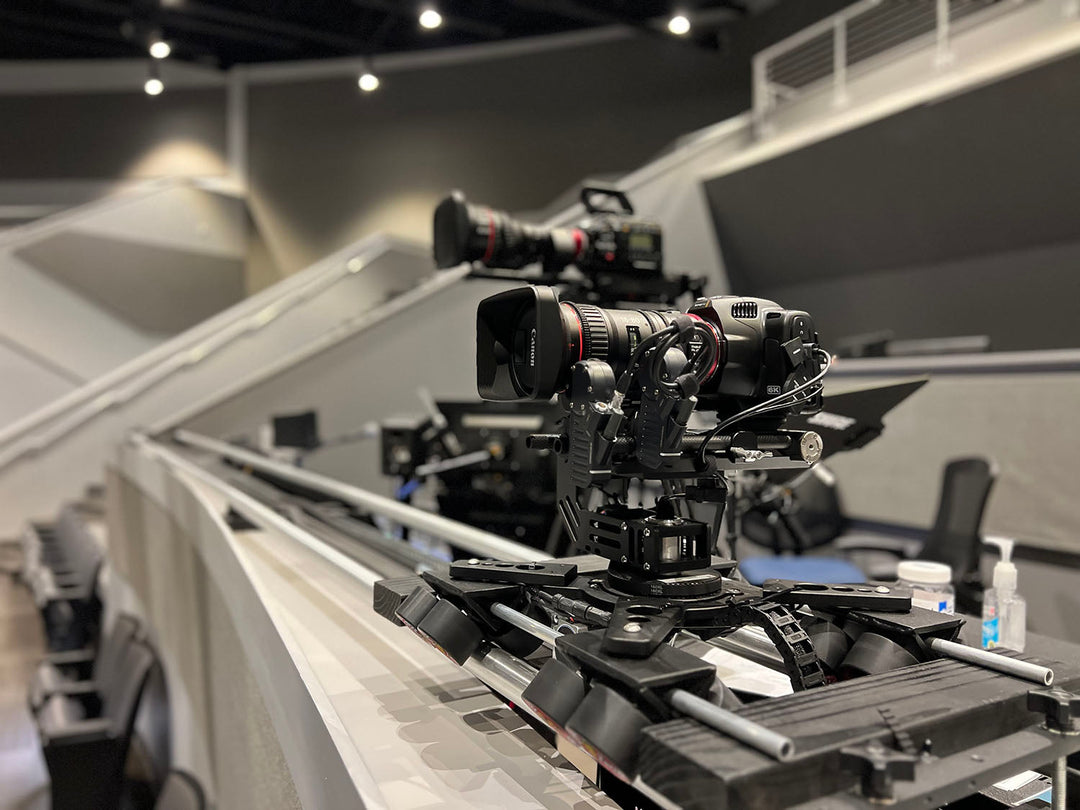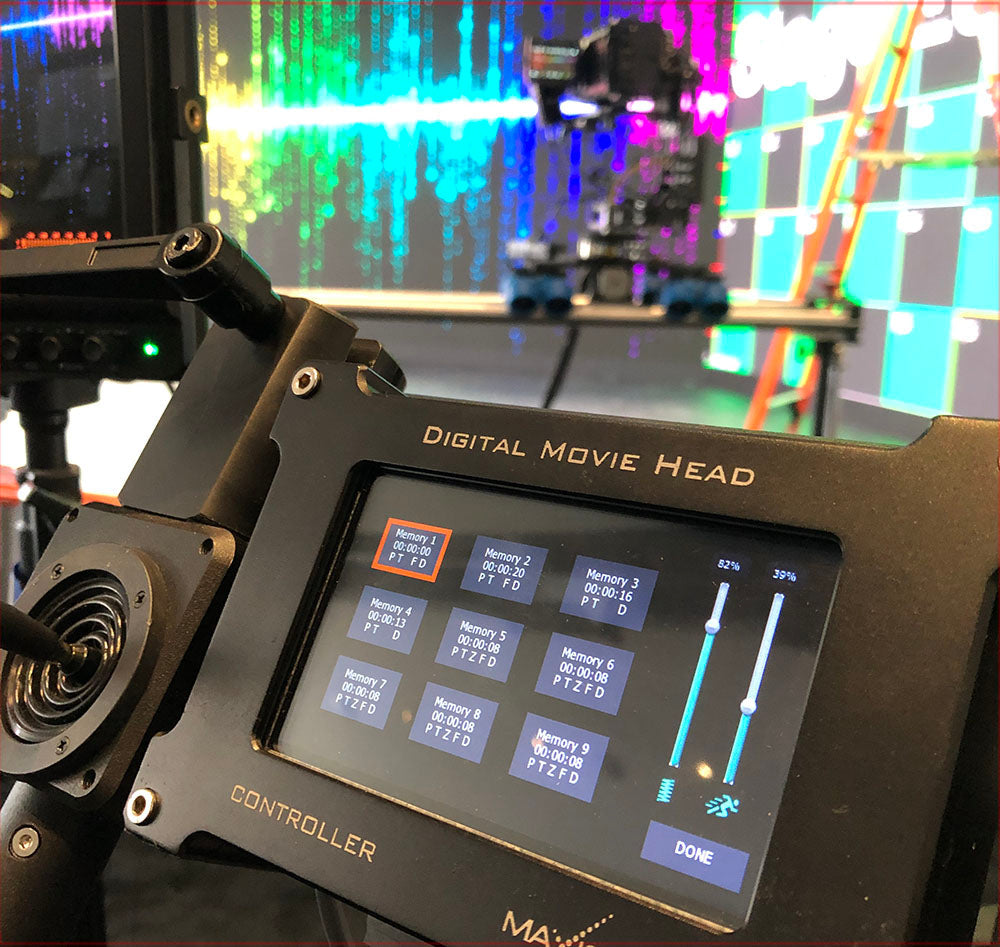Mastering Motion Control: The Art of Keyframes and Interpolation Curves

Motion control is a cornerstone of modern animation and filmmaking, allowing creators to craft precise, smooth movements with cameras and objects. At the heart of motion control lies the concept of keyframes and interpolation curves, both essential for creating dynamic and realistic motion. This blog will delve into these concepts, highlighting their importance and application in motion control systems, particularly focusing on Maxicrane's innovative technology.
Understanding Keyframes
Keyframes are specific points in a timeline where the position, rotation, or other attributes of an object are explicitly defined. These frames mark significant moments in an animation or motion sequence, serving as anchors for the motion control system.
How Keyframes Work:
- Setting Keyframes: At various points in a timeline, keyframes are set to define the starting and ending points of a motion.
- Attributes: Each keyframe can include attributes such as position, rotation, scale, and other relevant parameters.
- Sequence: The sequence of keyframes outlines the path and behavior of the motion over time.
In Maxicrane's systems, such as the Ostrich MK2 and Scarab Dolly, keyframes allow for precise control of camera movements, ensuring that complex shots can be executed with accuracy and repeatability.
The Role of Interpolation Curves
Interpolation curves (also known as easing curves or splines) define how the motion transitions between keyframes. They determine the rate of change and smoothness of the movement, creating natural and fluid motion.
Types of Interpolation Curves:
- Linear Interpolation: Movement between keyframes occurs at a constant speed, resulting in a direct, straight-line transition. This is simple but can appear mechanical.
- Bezier Curves: These curves allow for more control over the motion, with adjustable handles that influence the acceleration and deceleration between keyframes.
- Ease-In/Ease-Out: These curves start slow, speed up in the middle, and slow down again towards the end, mimicking natural motion.
- Custom Curves: Fully customizable curves tailored to specific needs, providing the highest level of control over the motion dynamics.
In Maxicrane’s motion control systems, these interpolation curves are crucial for achieving smooth, lifelike camera movements. By adjusting these curves, operators can fine-tune the speed and fluidity of transitions, enhancing the overall quality of the shot.
Integration with Dragonframe Software
Maxicrane’s advanced motion control systems seamlessly integrate with Dragonframe, a leading software used for stop motion animation. Dragonframe offers robust tools for precise control over camera movements, lighting, and other aspects of animation production.
Dragonframe Software:
- Keyframe Management: Allows animators to set and adjust keyframes with ease, providing a visual timeline to manage the motion.
- Graph Editor: Offers a powerful graph editor for fine-tuning interpolation curves, enabling smooth transitions and natural movements.
- Live View: Facilitates real-time monitoring and adjustment, ensuring accuracy and consistency in each frame.
Maxicrane’s compatibility with Dragonframe enhances the capabilities of animators and filmmakers, providing a seamless workflow from planning to execution. By leveraging Dragonframe’s intuitive interface and powerful features, users can maximize the potential of Maxicrane’s hardware.
Practical Applications in Maxicrane Systems
- Complex Camera Movements: Using keyframes and interpolation curves, filmmakers can program intricate camera paths that would be impossible to achieve manually. For example, the Ostrich MK2 can execute multi-axis movements with pinpoint accuracy, following a pre-defined sequence of keyframes with smooth interpolations.
- Repeatable Shots: In scenarios where repeatable precision is vital, such as VFX shots or motion control photography, keyframes ensure that each take is identical. This repeatability is essential for composite shots and special effects.
- Enhanced Creativity: By leveraging advanced keyframe settings and custom interpolation curves, filmmakers can explore new creative possibilities. The ability to control every aspect of the motion allows for experimentation with innovative camera angles and movements, enhancing the storytelling process.
Conclusion
Mastering the concepts of keyframes and interpolation curves is essential for anyone involved in motion control, whether in animation, film, or robotics. Maxicrane’s advanced motion control systems, combined with Dragonframe software, make it easier to implement these concepts, providing tools that offer precision, flexibility, and repeatability. By understanding and utilizing keyframes and interpolation curves, creators can elevate their projects, achieving smooth, dynamic, and professional-grade motion control.
For more information on how Maxicrane's technology can enhance your filmmaking experience, visit Maxicrane.com.





Leave a comment